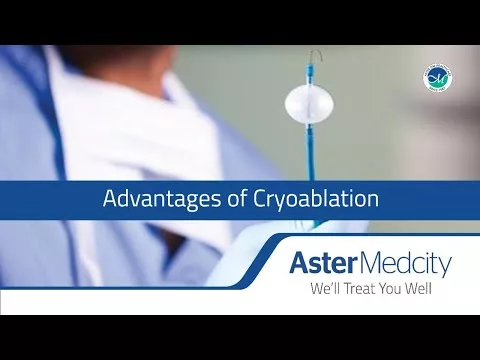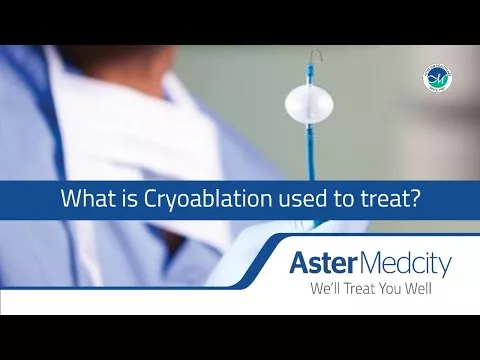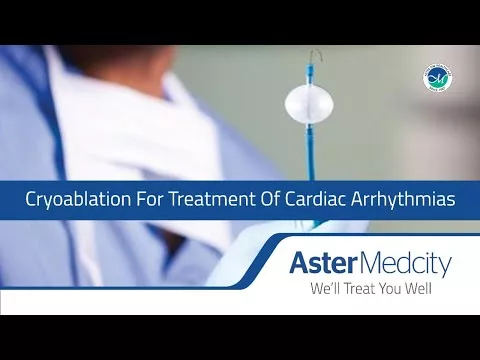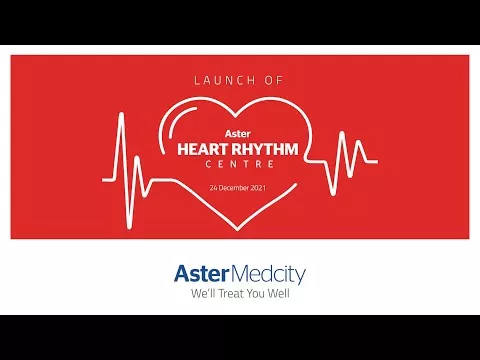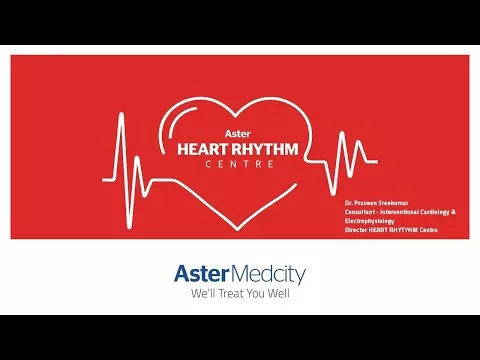What is cardioversion therapy for atrial fibrillation?
Cardioversion therapy is a medical procedure used to restore the normal rhythm of the heart in individuals with atrial fibrillation (AF). Atrial fibrillation is a condition characterized by irregular and rapid electrical signals in the upper chambers of the heart (atria), leading to an irregular and often rapid heartbeat.
During cardioversion, a controlled electrical shock or certain medications are used to reset the heart's rhythm and bring it back to a normal sinus rhythm. There are two main types of cardioversion:
- Electrical cardioversion: In this procedure, an electrical shock is delivered to the heart through electrodes placed on the chest. The shock interrupts the abnormal electrical activity in the atria, allowing the heart's natural pacemaker (sinus node) to reestablish normal rhythm. Electrical cardioversion is usually performed under sedation or general anesthesia to ensure the patient's comfort and safety.
- Pharmacological cardioversion: This approach involves the administration of antiarrhythmic medications, either orally or intravenously, to restore normal heart rhythm. These medications work by suppressing abnormal electrical signals and promoting the heart's return to sinus rhythm. The choice of medication depends on various factors such as the patient's overall health, the duration of atrial fibrillation, and any underlying heart conditions.
Cardioversion is typically considered when other treatment options, such as medications to control heart rate or anticoagulants to prevent blood clots, have not effectively managed the symptoms of atrial fibrillation. It may be used as an initial treatment for recent-onset atrial fibrillation or as a planned procedure for individuals with persistent or long-standing AF. It's important to note that cardioversion does not cure atrial fibrillation, but it can provide temporary relief from symptoms and improve the overall quality of life. In some cases, additional treatments, such as medications or catheter ablation, may be recommended to maintain sinus rhythm after cardioversion. The specific approach will depend on the individual's condition and the underlying causes of their atrial fibrillation.
Why and when Cardioversion Therapy is recommended?
Cardioversion therapy is recommended for atrial fibrillation (AF) in certain situations to restore normal heart rhythm and alleviate symptoms. Here are some common scenarios where cardioversion may be considered:
- Recent-onset atrial fibrillation: If a person develops AF within the last 48 to 72 hours, cardioversion may be attempted to restore normal sinus rhythm. Early intervention can increase the likelihood of a successful cardioversion and reduce the need for long-term antiarrhythmic medications.
- Symptomatic atrial fibrillation: When atrial fibrillation causes bothersome symptoms such as palpitations, shortness of breath, chest discomfort, dizziness, or fatigue, cardioversion can help alleviate these symptoms and improve the person's overall well-being.
- Hemodynamic instability: In cases where atrial fibrillation leads to unstable blood pressure, heart failure, or severe symptoms, immediate cardioversion may be necessary to restore normal heart rhythm and stabilize the individual's condition.
- Failed medical management: If medications or other non-invasive interventions aimed at controlling heart rate or maintaining sinus rhythm have been ineffective in managing atrial fibrillation, cardioversion may be considered as an alternative treatment option.
- Elective or planned cardioversion: In individuals with persistent or long-standing atrial fibrillation, cardioversion may be scheduled as a planned procedure to restore sinus rhythm and improve symptoms. This approach allows for appropriate preparation, evaluation of anticoagulation status, and optimization of medications before the procedure.
FAQs
At Aster Hospitals we provide the highest quality of care and a transformative experience for all your healthcare needs. With our network of multi-speciality hospitals, specialised doctors, and world-class technology, we bring global standards of medical care to our patients.
How is cardioversion therapy performed?
Electrical cardioversion: An electric shock is delivered to the heart through paddles or patches placed on the chest. The shock interrupts the abnormal electrical activity in the heart and allows it to resume a normal rhythm.
Pharmacological cardioversion: Medications, such as anti-arrhythmic drugs, are administered intravenously to restore the normal heart rhythm. This method is usually attempted before considering electrical cardioversion.
Is cardioversion therapy painful
Electrical cardioversion is typically performed under sedation or general anesthesia, so patients do not feel the electric shock itself. However, some patients may experience discomfort or a brief sensation similar to being "thumped" in the chest. Pharmacological cardioversion does not involve direct pain but may have some side effects from the medications used.
Blogs
The source of trustworthy health and medical information. Through this section, we provide research-based health information, and all that is happening in Aster Hospital.


